This past July, in a follow up to the central chapter of my PhD thesis, I published a second behavioral article on polarized light based discrimination of host plants in the cabbage white butterfly in the Journal of Experimental Biology. In this article I focused more on unraveling the neurological mechanism underlying this discrimination. Rather than duplicating effort and going into more detail here, I’ll direct you to the journal’s popular summary. You may also want to check out the associated cover image.
With the main chapter of my thesis coming out this past week in the Proceeding of the Royal Society B, I wanted to discuss some of the exciting results here. As I’ve mentioned before my research involves how plant feeding insects use polarized light as a cue to help location and select among plants. In this paper we show in a series of behavioral experiments that the cabbage white butterfly (Pieris rapae) uses the polarization of leaf reflections to recognize host plants. [click to continue…]
Last week I did some UV photography of the sunflowers my labmate Warren Wong uses in research on the Brown Marmorated Stink Bug (Halyomorpha halys). These images combine UV and visible light photos to show the classic UV bullseye known to attract pollinators. This combination of images is inspired by the “butterfly vision” images of Dr. Klaus Schmitt (who in fact supplied our UV camera system). This bullseye pattern is most prominent in newly opened flowers like this one and may be one of the cues the Brown Marmorated Stink Bug used to select the optimum growth stage of host plant for feeding and oviposition
You might be wondering where Figure 1 was taken and what it has to do with polarized light. The picture shows an unfortunate water boatman that landed on the roof of my car and quickly succumbed to the high temperatures of the sun baked metal. Why would this aquatic insect be landing on a car in the first place? The answer has to do with polarized light. [click to continue…]
I sit here now typing at my computer after a particularly plausible and terrifying nightmare. I thought rather than lie sleepless in bed I’d try to describe it before the details fled my brain in the morning light. [click to continue…]
Simon Fraser University, Burnaby, British Columbia, Canada
Olympus E-PM1, Customized 35mm Lens, Baader U-Filter
f/10, 1/40 sec, ISO 1600, No Flash
April 30, 2014
This week I have a UV photograph taken with our lab’s new camera that has been modified for greater sensitivity in the UV and infrared. We purchased our complete camera system from Dr. Klaus Schmitt, a truly accomplished UV photographer. I chose this Dandelion for the picture because like many flowers in the Asteraceae they show a pronounced ‘bulls-eye’ pattern with a UV-dark center.
I am really blown away with the UV sensitivity of this new camera system. It is sensitive enough in the UV to allow for handheld shots (like the one above) using only sunlight for illumination. This is a welcome change from previous UV camera systems I’ve used which required long exposures with a tripod or strong UV flashes. I’m still experimenting with color processing the images. You can see the image with the original colours by mousing over the image.
Simon Fraser University, Burnaby, British Columbia, Canada
Nikon D5100, 105 mm f/2.8
February 16, 2014
This week’s late post along with my previous posts on Colorado Potato Beetle and Cabbage Root Fly complete my series on the study organisms of my PhD project. It seemed an appropriate topic for the week of my candidacy exam.
This butterfly known as the Small White in Europe, the Imported Cabbage Worm to vegetable growers in North America, and the Cabbage Butterfly to North American butterfly fanciers. From its names it is not surprising that it is a introduced pest of brassicaceous crops in North America. The vision of the Cabbage White has been well studied and perhaps most relevant to my work the untwisted structure of this insect’s rhabdom suggests it should be sensitive to polarized light.
Simon Fraser University, Burnaby, British Columbia, Canada
Nikon D5100, 105 mm f/2.8
February 8, 2014
I took some time between bioassays to take some photos of another of my study organisms the Cabbage Root Fly. This fly is an important pest of cultivated brassicaceous crops in both Europe and North America. Females oviposit around the base of the plant and the larva develop in the soil feeding on the roots causing significant damage to their host. The vision of the Cabbage Root Maggot has been studied by the likes of S. Finch and R. J. Prokopy leading to a good understanding of how visual cues affect their host plant selection.
A couple weeks ago I took some time between bioassays to take some photos of one of my study organisms. The Colorado Potato Beetle is an important pest of potato crops worldwide. Both the adult and larva of the beetle feed on potato leaves. Unlike many agricultural pests the potato beetle is native to North America, although it is invasive in Europe and Asia. The beetle was originally associated with Buffalo-bur but expanded its host range to include potato crops in the 1840s. The leaf feeding habits, the economic importance, and relatively well described vision all make the Colorado Potato Beetle a good candidate for my research with polarized light.
After five weeks of waiting my polarizing filter has finally arrived! The filter is 50 mm square making each square millimeter a bargain at a mere $0.76. Why might you ask is this tiny piece of glass so expensive? This polarizing filter is capable of filtering light from 200 nm to 4000 nm with a relatively flat transmission spectra across this wide swath of the electromagnetic spectrum spanning ultraviolet, visible and infrared light. Creating a filter that works across such a range of wavelengths requires specialized manufacturing techniques and has only a handful of applications. Unfortunately for me insects see well into the ultraviolet making the common and inexpensive visual light polarizers unsuitable for my research. [click to continue…]
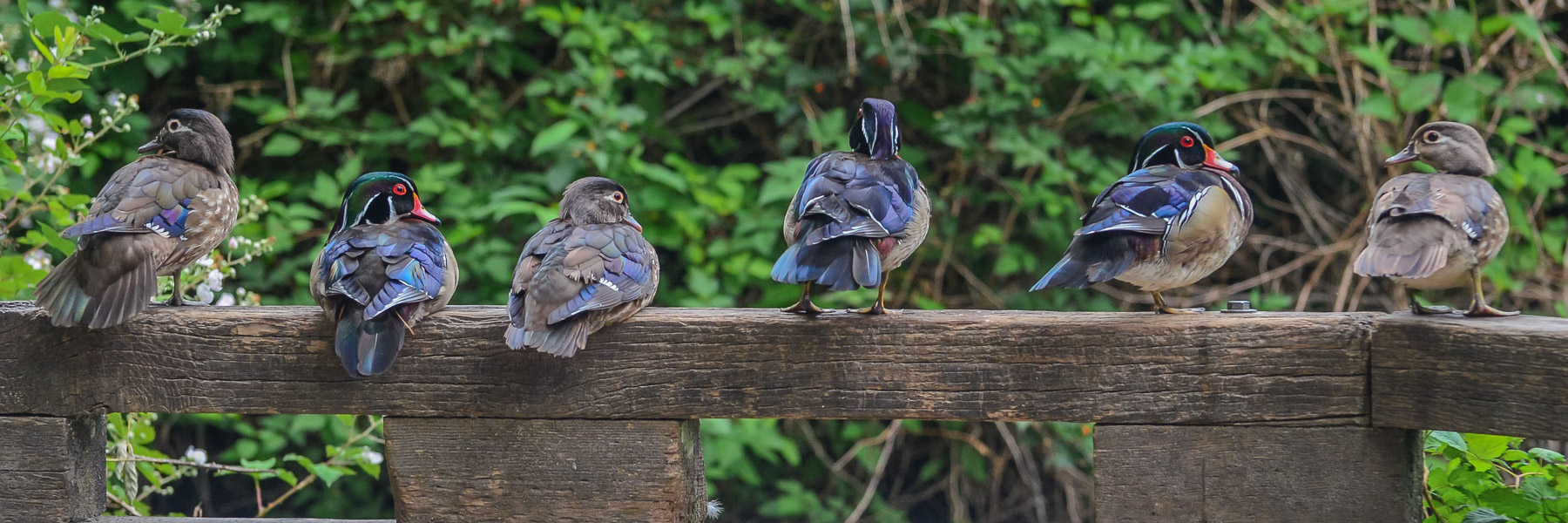
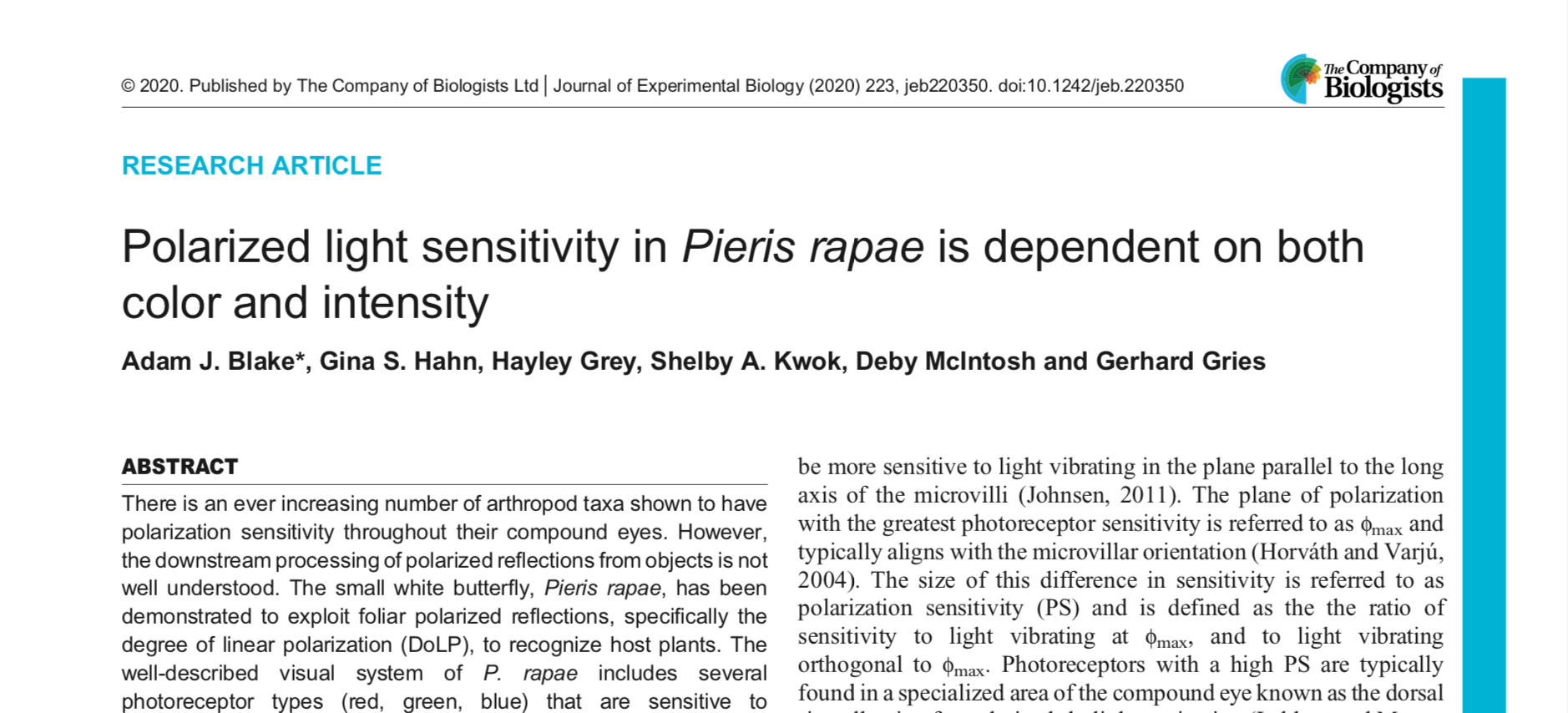
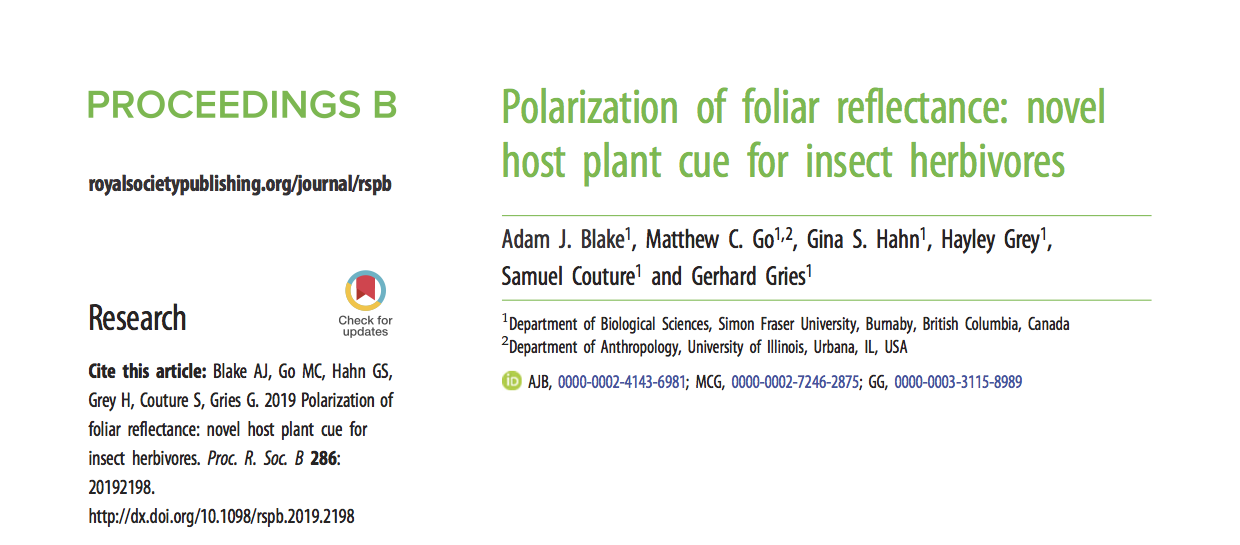
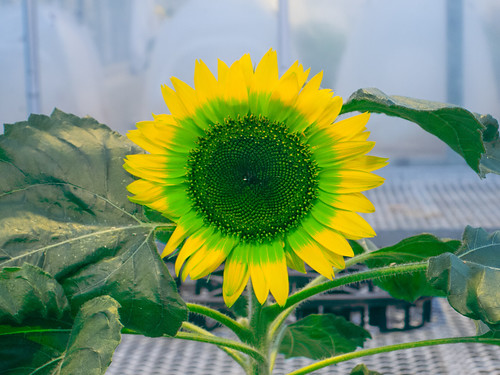


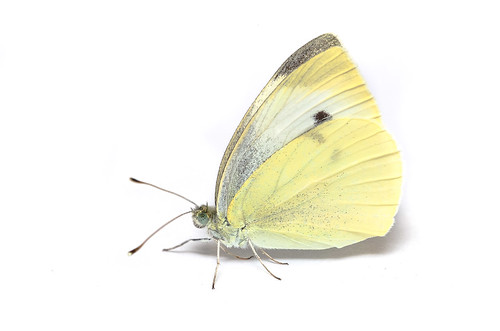
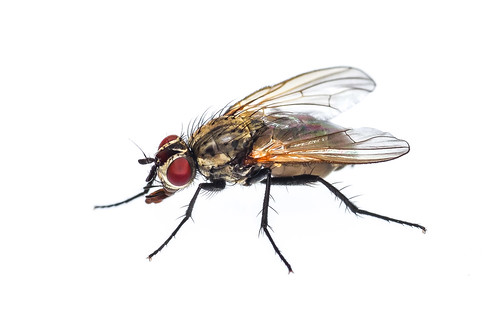

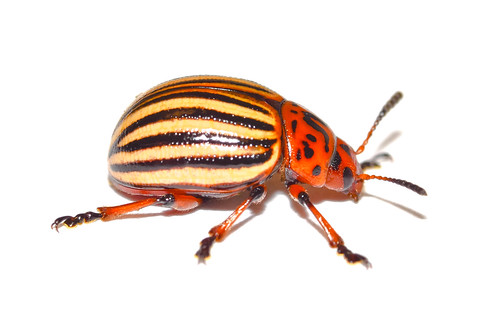


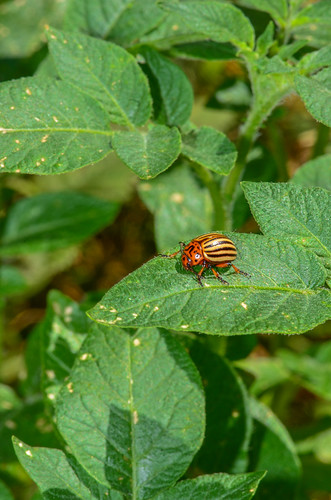



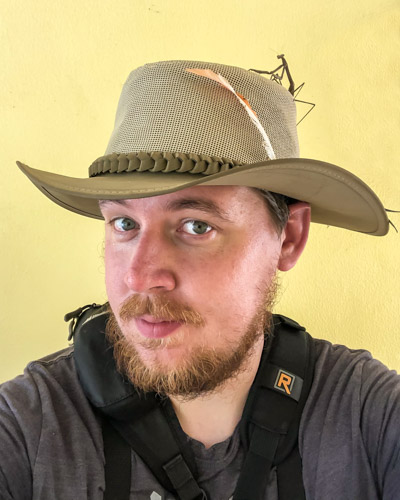
Follow Me